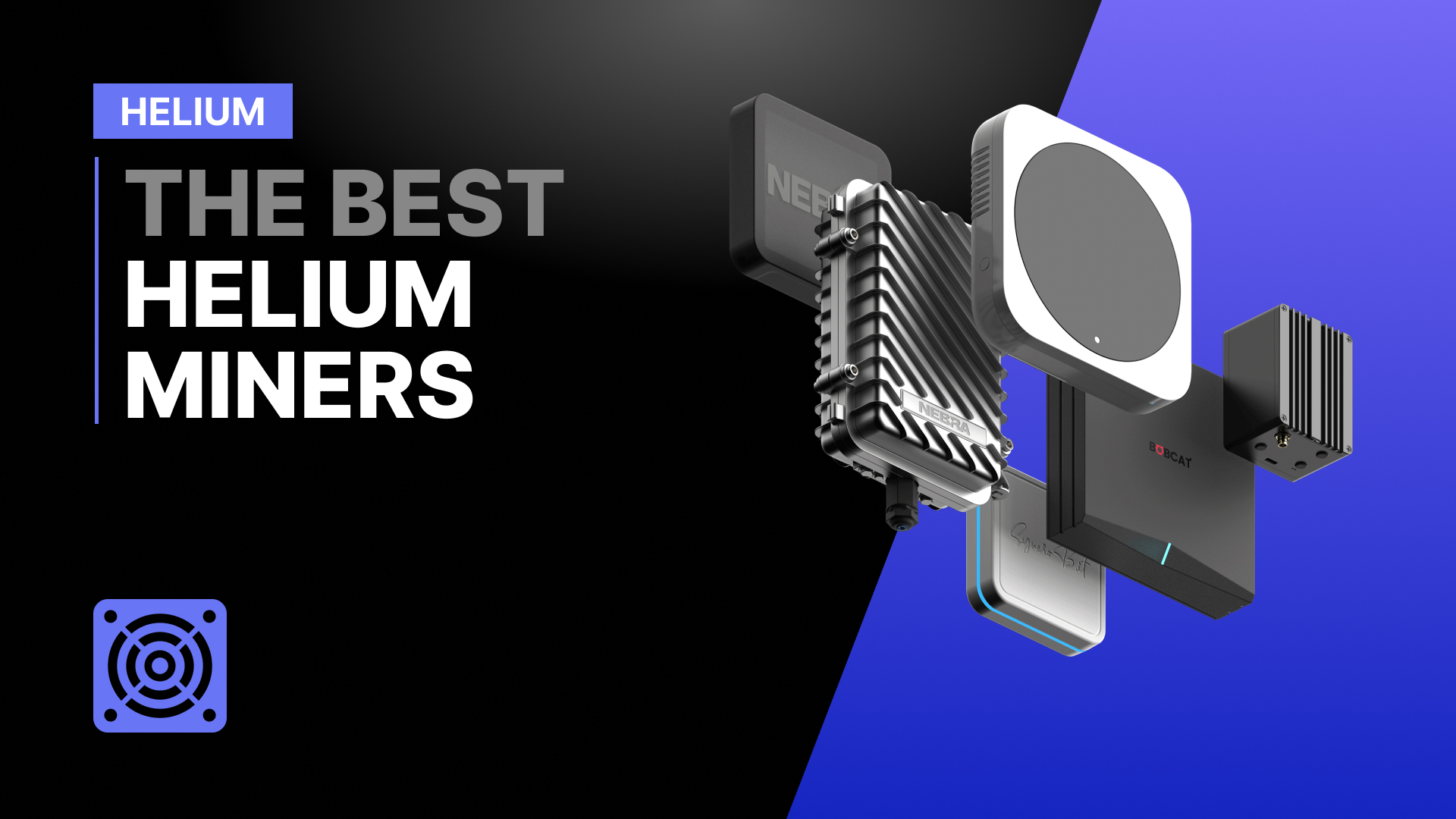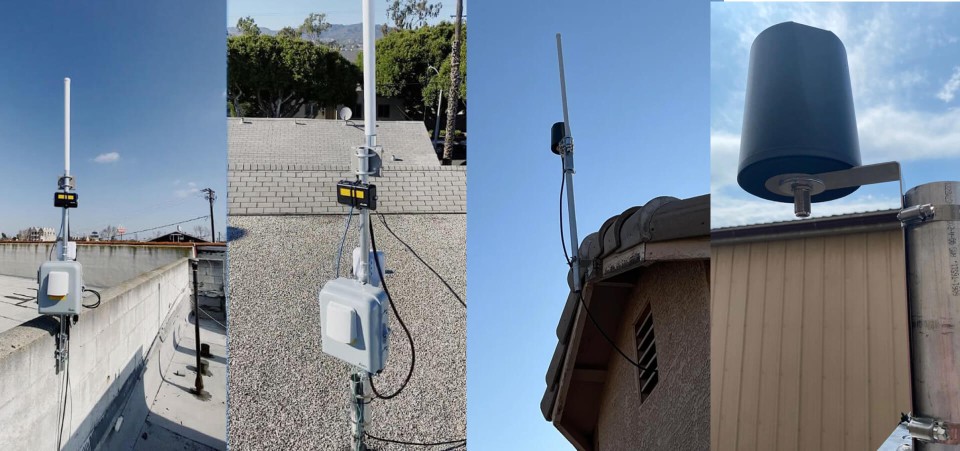Goldshell Mini-DOGE Review
Litecoin and Dogecoin merge mining has been popular for years. Goldshell's Mini-DOGE brings that to home miners.
By Abe Meyer — published December 21, 2021
The Rise of Dogecoin
In January 2021, Reddit traders short squeezed GameStop and AMC stock, forcing billions of dollars in losses upon large hedge funds.
Driven by a desire to stick it to the establishment, these meme traders turned their attention to their next project, a ‘useless’ altcoin called Dogecoin, based on the Doge meme. Driven by the meme trading phenomenon and endorsements by public figures like Elon Musk, Dogecoin captured the attention of the media and the public, surging to an All Time High of $0.68 in May 2021.
Of course, Litecoin miners rejoiced. Litecoin and Dogecoin are mined together, because they use the same algorithm, Scrypt. Litecoin miners can choose if they want to also mine Dogecoin, without diminishing their Litecoin yield.
Miners who had been quietly mining a ‘useless coin’ that hovered around $0.002 during the bear market were suddenly up over 3000%. Some Litecoin miners mised out big, because they hadn’t even bothered to mine Dogecoin when they could have. It goes to show that you never really know what will happen year to year! Today (Janaury 15, 2021) Dogecoin has fallen to $0.18. Meme traders hope DOGE will return one day with vengeance as the meme snowballs again.
Who knows? After all, it doesn’t seem Elon Musk will forget about Dogecoin anytime soon.

Introducing the Goldshell Home Mining Series
Most miners are created for industrial locations. What most people don’t know is how loud and hot it is inside these facilities. A single industrial ASIC like the Bitmain Antminer S19 is said to be as loud as an airplane taking off – and this noise is constant.
**Goldshell decided to try something new in 2021: create miners that people could use at home. This was unheard of before this year. Goldshell's BOX series of miners are compact, don’t require special electronic configuration, and are much quieter and cooler compared to their industrial counterparts.
The BOX series includes:
Goldshell Mini-DOGE (Litecoin and Dogecoin) Goldshell KD-BOX (Mining Kadena) Goldshell CK-BOX (Mining Nervos Network) Goldshell LB-BOX (Mining LBRY Credits) Goldshell HS-BOX (Mining Handshake) Goldshell SC-BOX (Mining Siacoin)
Edit: Goldshell has since released these new upgrades to existing models in the BOX series: Goldshell KD-BOX Pro Goldshell Mini-DOGE Pro
In this article we’ll be taking a deep dive into the MINI-DOGE, and how it has held up as the price of DOGE has gone down.
MINI-DOGE: First Glance
First, let’s look at the official data: the MINI-DOGE has a Hashrate of 185M (±5%) and power consumption of 233W (±5%).

The size and weight of the BOX-series devices are all the same.
The body is an aluminum alloy – it’s quite a small device, 17.5cm tall (6.9 inches, equivalent to lining up 2 credit cards next to each other)image.png

The MINI-DOGE is the only one that comes with a Doge design on the side – this is randomized, and some devices do not have it.

We’ve also seen that there is a special Moon Festival model that comes with a Voskcoin design and rainbow colored lights.

Set up is really quite simple. On the left is the Ethernet port, which you connect to your router/modem, and the right is the power outlet. As a reminder, you will need to buy a Power Supply if the unit does not come with one. We recommend a 80Plus gold rated PSU that supplies 600W or more.
Beyond that there’s no need for any other additional equipment.
To disassemble the machine, we unscrew 4 screws on the front.
We can take out the computing board:


Close-up of the chassis: You can see that it’s made from a single mold after we take the fan panel off.

 All the parts in one photo
All the parts in one photo
We’ve reassembled the miner, the entire thing is built simply enough that while we wouldn’t manage our own repairs, we feel that we could easily replace parts by ourselves if need be.

Setting Up
Goldshell provides a easy setup interface. We recommend choosing f2pool to mine.
We’re getting a reported 186.9MH/s, which is just better than the official stat of 185MH/s.
After letting the miner run for a few days, the air temperature on the inlet side (takes in air) is 32 °C.

The air temperature on the outlet side is 41.8 °C.

The ambient noise is 47.7db.

How loud is this? Take a look at this decible comparison chart – it can be likened to the noise level of failing rain. Not extremely loud, but you will know that it is there. It helps to put it in the garage or a spare room.

Profitability Report
From our own f2pool profitability that the miner is bringing in 0.0033 LTC and around 5.8 DOGE per day. At current prices this is roughly $1.30 per day.
If a miner costs $800 this would take 615 days to ROI at current prices. This is not very reasonable.
On the other hand, any miner looking into the MINI-DOGE will likely be bullish on both LTC and DOGE.
If we believe that DOGE and LTC will return to their all time highs, we estimate that we are mining $1.35 of LTC and $3.94 of DOGE, for a total of $4.34 a day.
This is a 184 day ROI – much better!
This is the reason why the speculative premium exists on the MINI-DOGE.
The MINI-DOGE will continue to range between $600 and $1000 depending on the price of DOGE and the overall market condition.
Comparison of key data
project Official data Mining coin network actual measurement data Hash rate 185MH/S(±5%) 186.9MH/S power consumption 233W(±5%) 240.1W noises 35db 51.1db temperature 35℃ 32℃
Mining DOGE before the All Time High in the middle of last year was one of the best things you could have done. As DOGE price keeps on dipping, we'll see good buying opportunities for the Goldshell Mini-DOGE. We would only buy this miner if you are willing to hold it through a crypto bear market. You'll come out on the other side with stacks of Litecoin and Dogecoin, both proven to be coins that survive through cycles.




